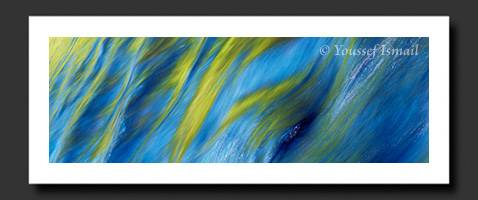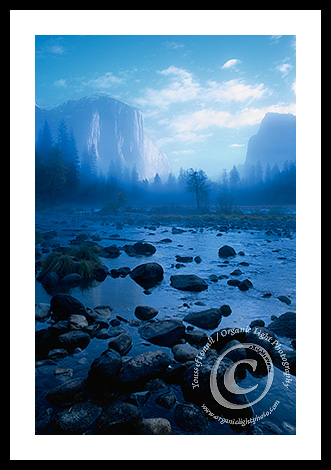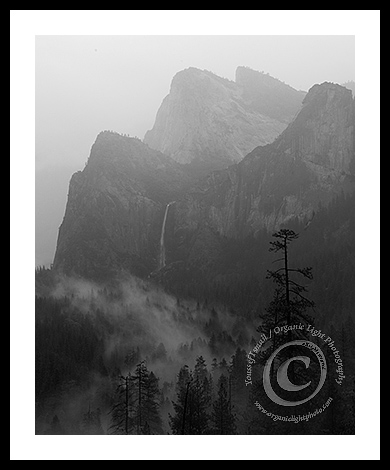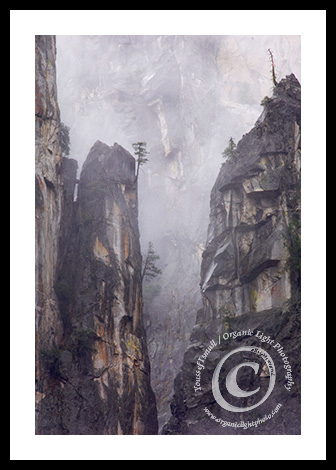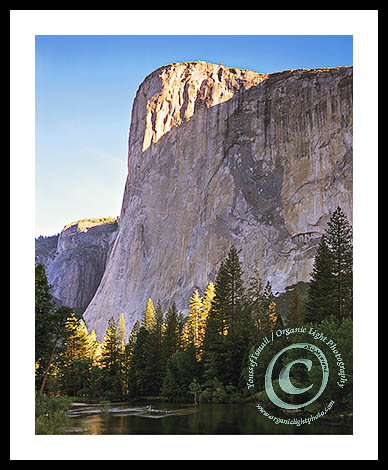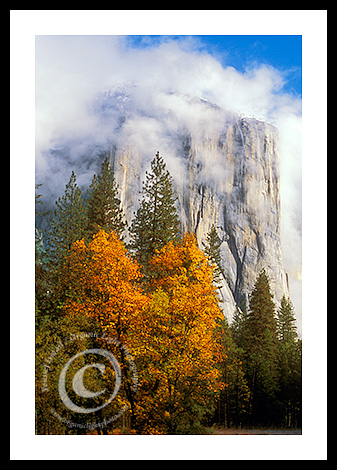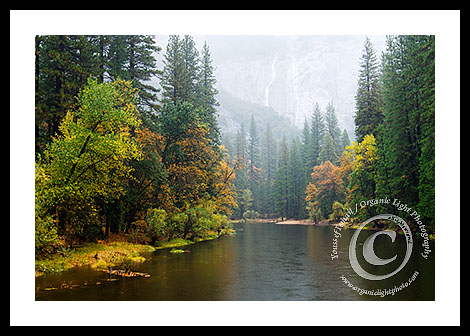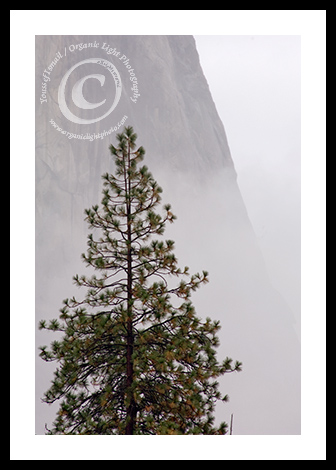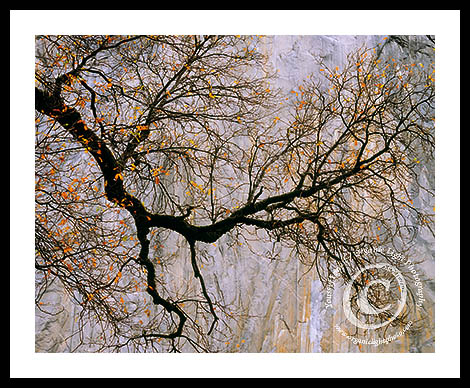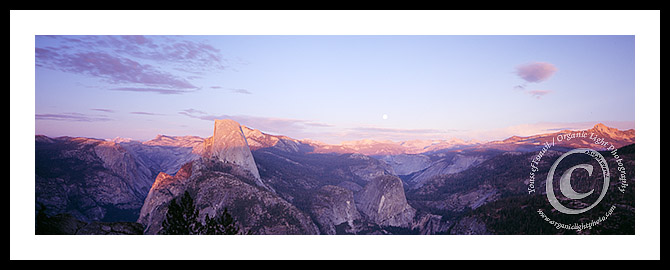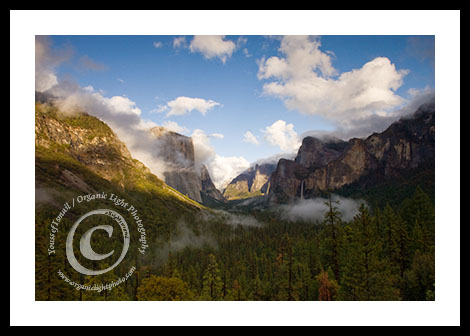Brushes Of Light
Light, we see by it and at the same time it is invisible. The more I ponder about light, the more perplexed I become. Duality is its nature behaving as both a wave and as a particle known as the photon. We can recognize it as a wave after it interacts with an object and we see various colors. Its interaction with an object takes place as if it is a photon. When it is present we can see and in its absence we are blind. It brings a steady flow of information to our eyes and by it we interpret the world we live in.
But how we see the world and what is really there are two very different things. It is difficult enough to understand this for a stationary object let alone for one that is constantly moving, like water flowing in a stream. By the time you see the moving object it has already moved to a new point in space. Luckily, light moves so fast, 186,000 miles/second, that the distance that something can move in the time that its light reaches our eyes is for all practical purposes so miniscule that we can say we see it in its actual position in space. Further, its motion is so fluid that we see it as continuous.
Throw a camera into the mix, which is an intermediary between the photographer who experiences the object and the viewer who only sees the photograph, and it creates a departure from reality. Due to its technical nature, the camera can either freeze a moment in time or produce the illusion of motion as the object streaks passed its fixed lens. Then in the hands of the photographer, the photograph itself can be manipulated in such a way as to remove any reference to reality bringing about an abstraction that only hints at the natural presence of light itself.
In the hands of the photographer, the one who writes with light, art is created through a simple tool of capture – the camera. Handled deftly, and the camera moves beyond mere capture, and becomes the translator of the intent of not just the photographer but of the artist within as well.
